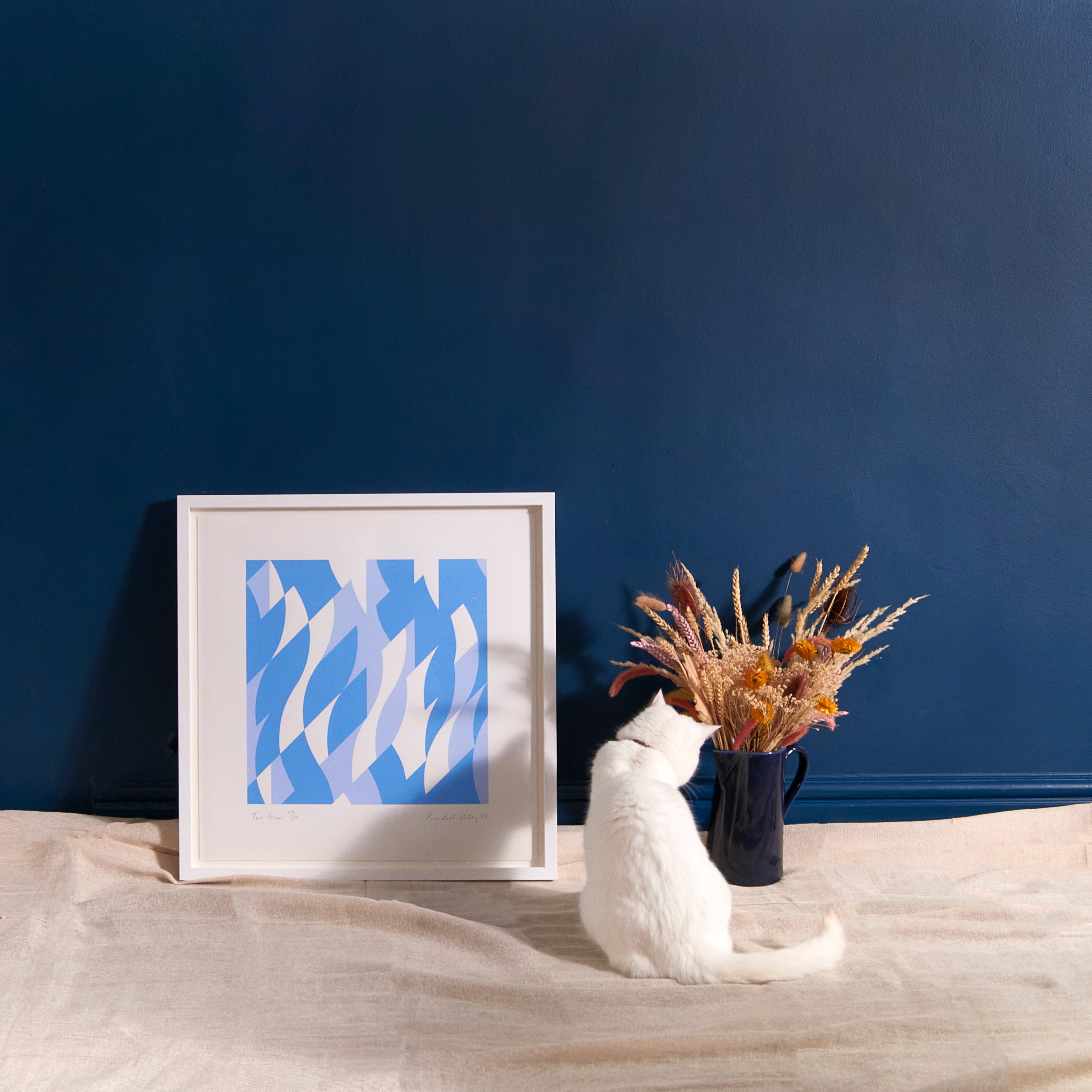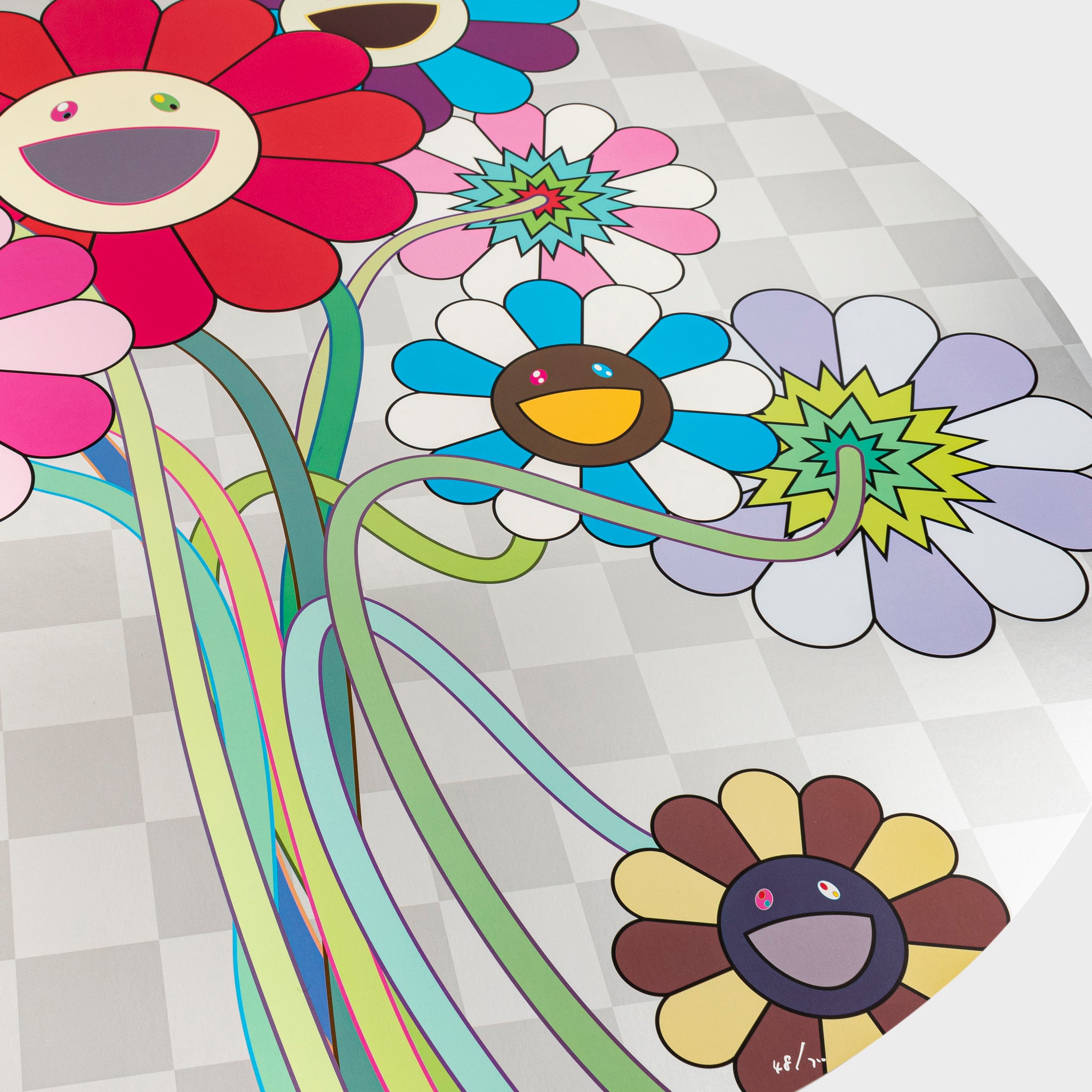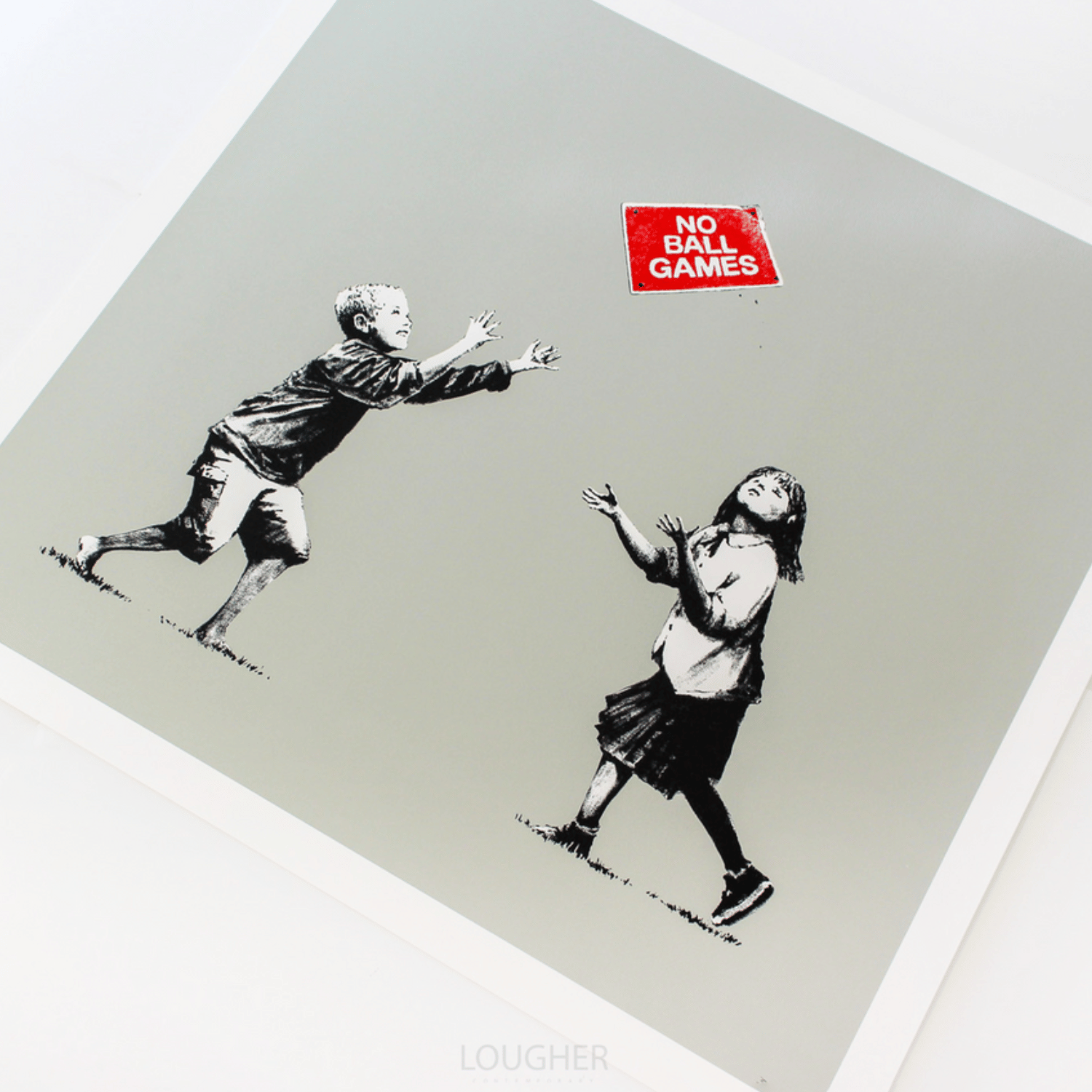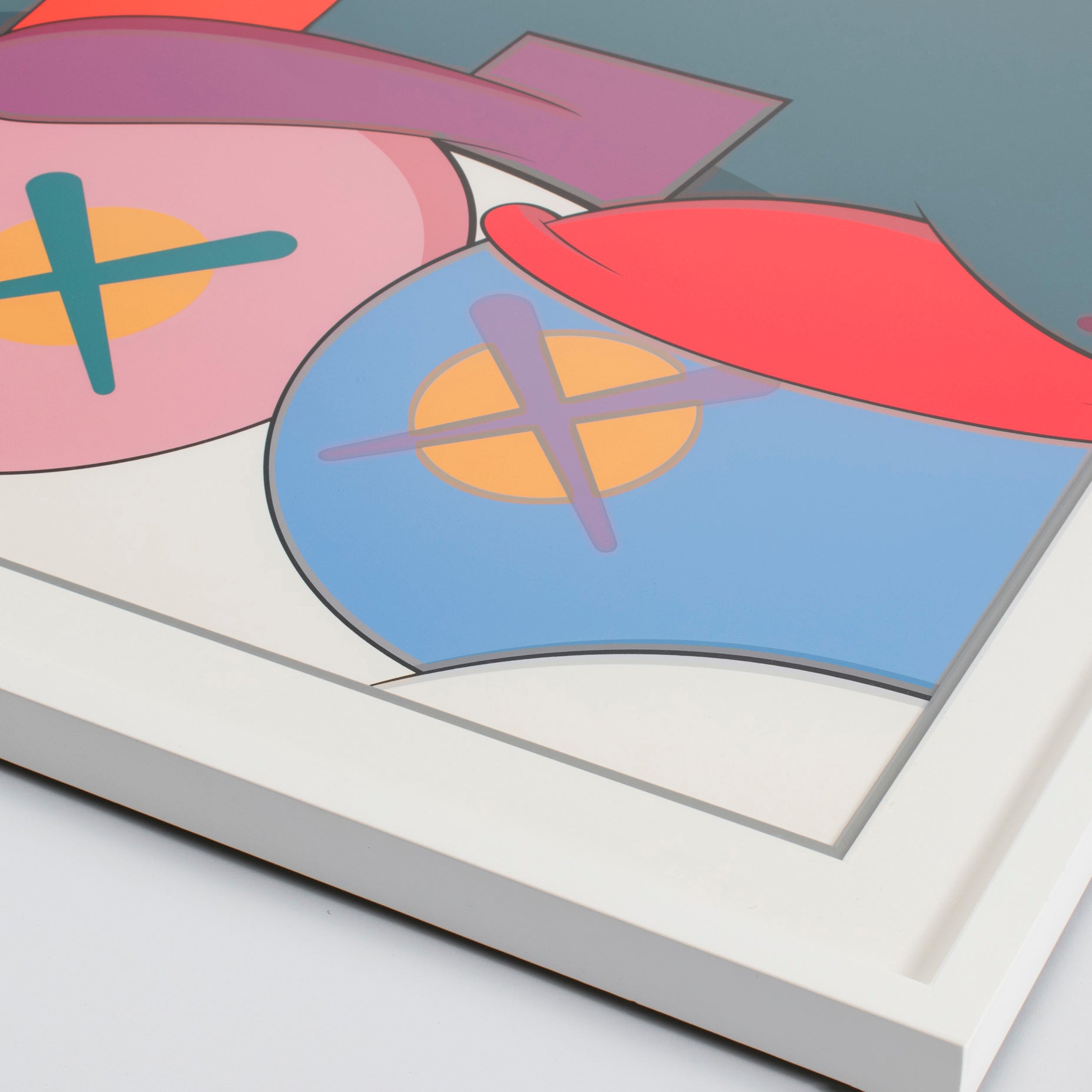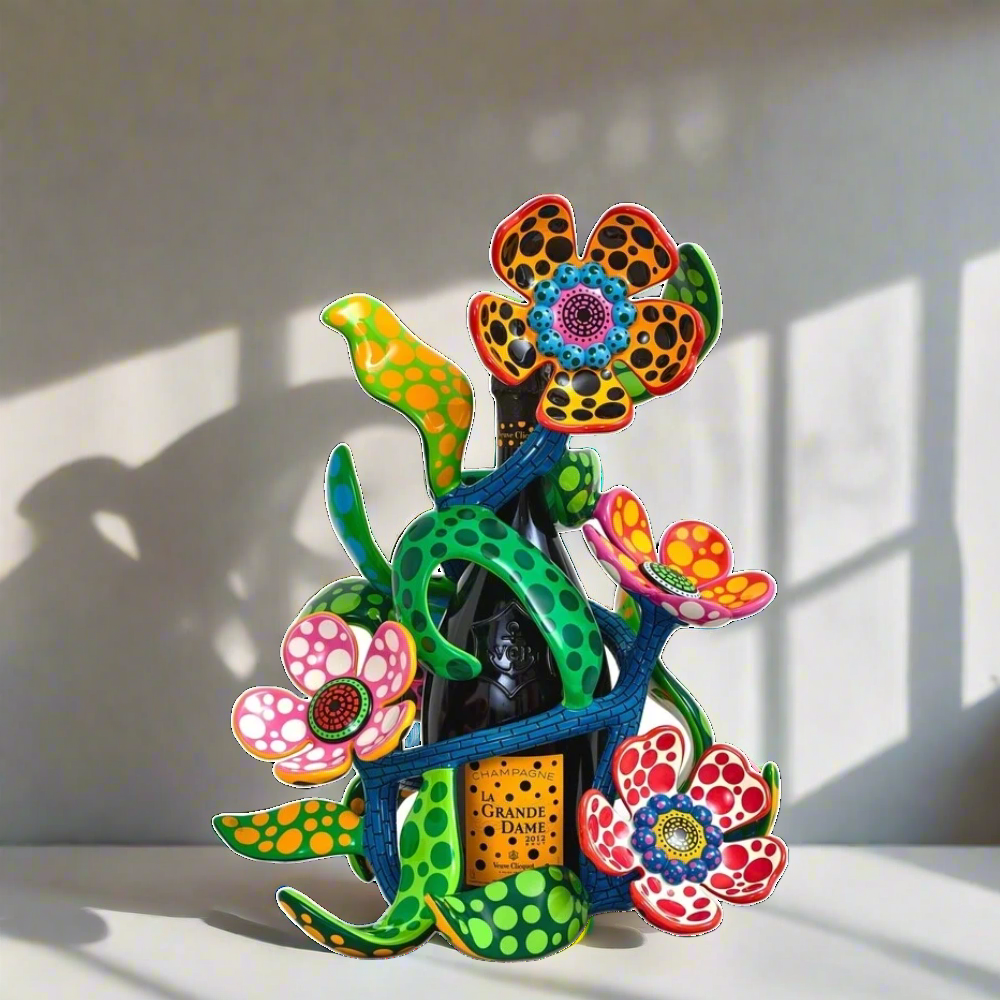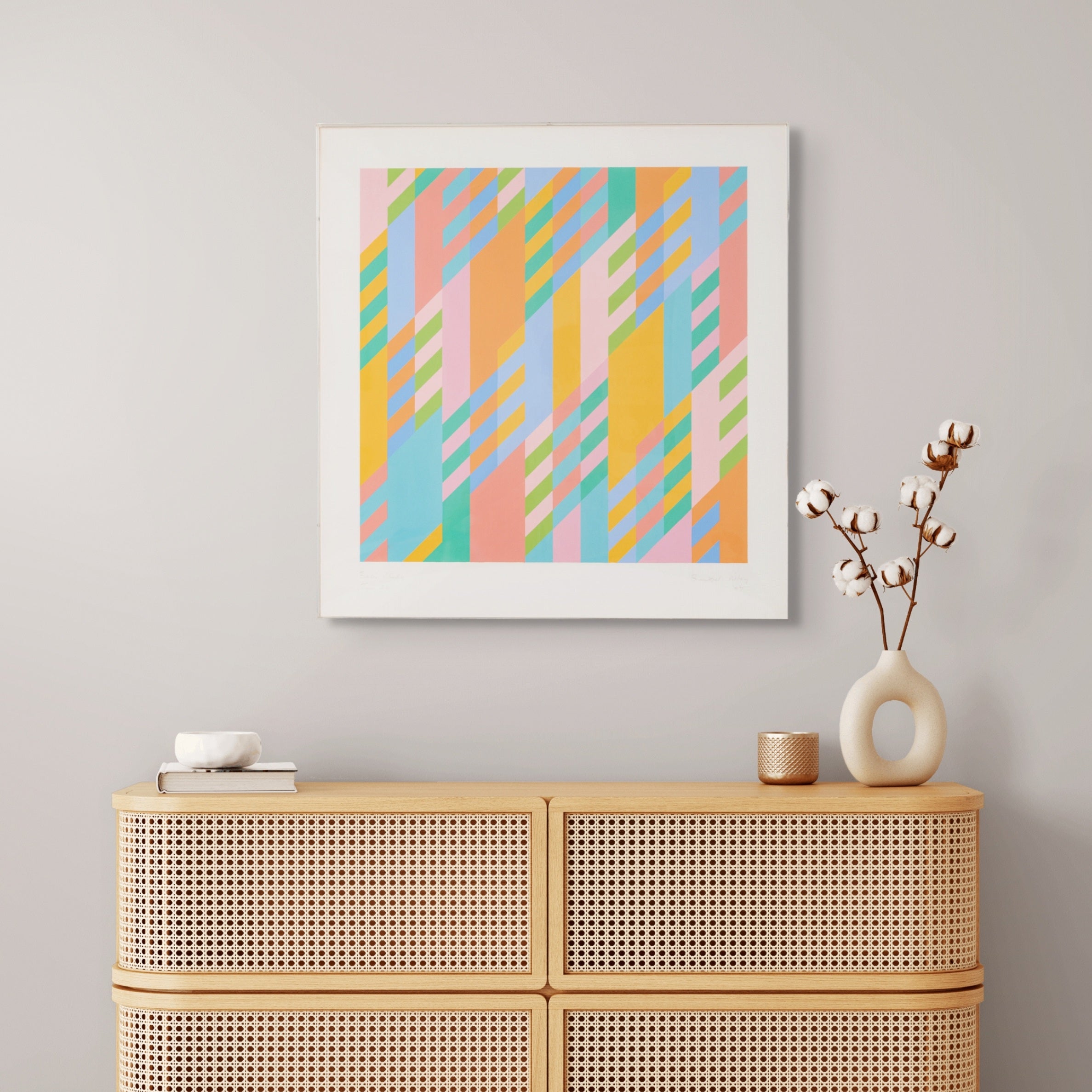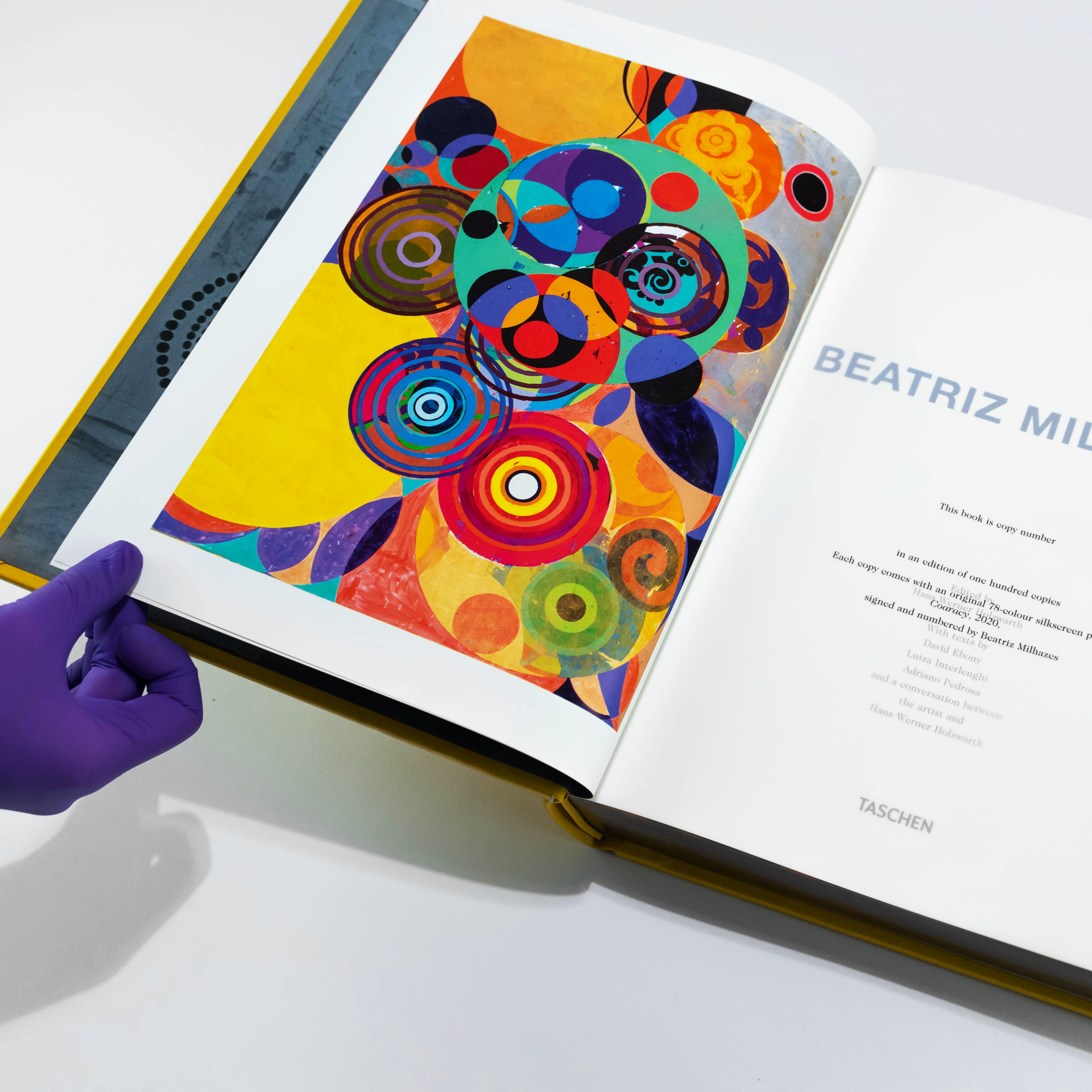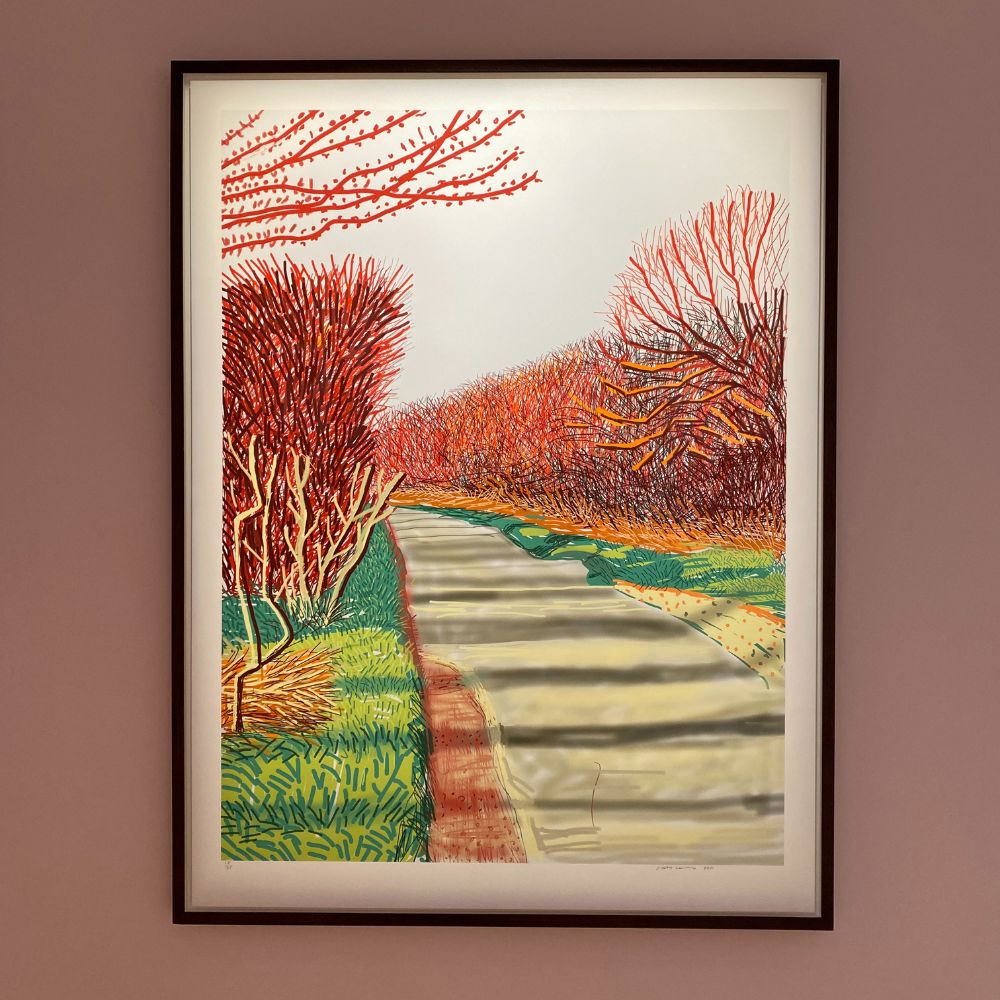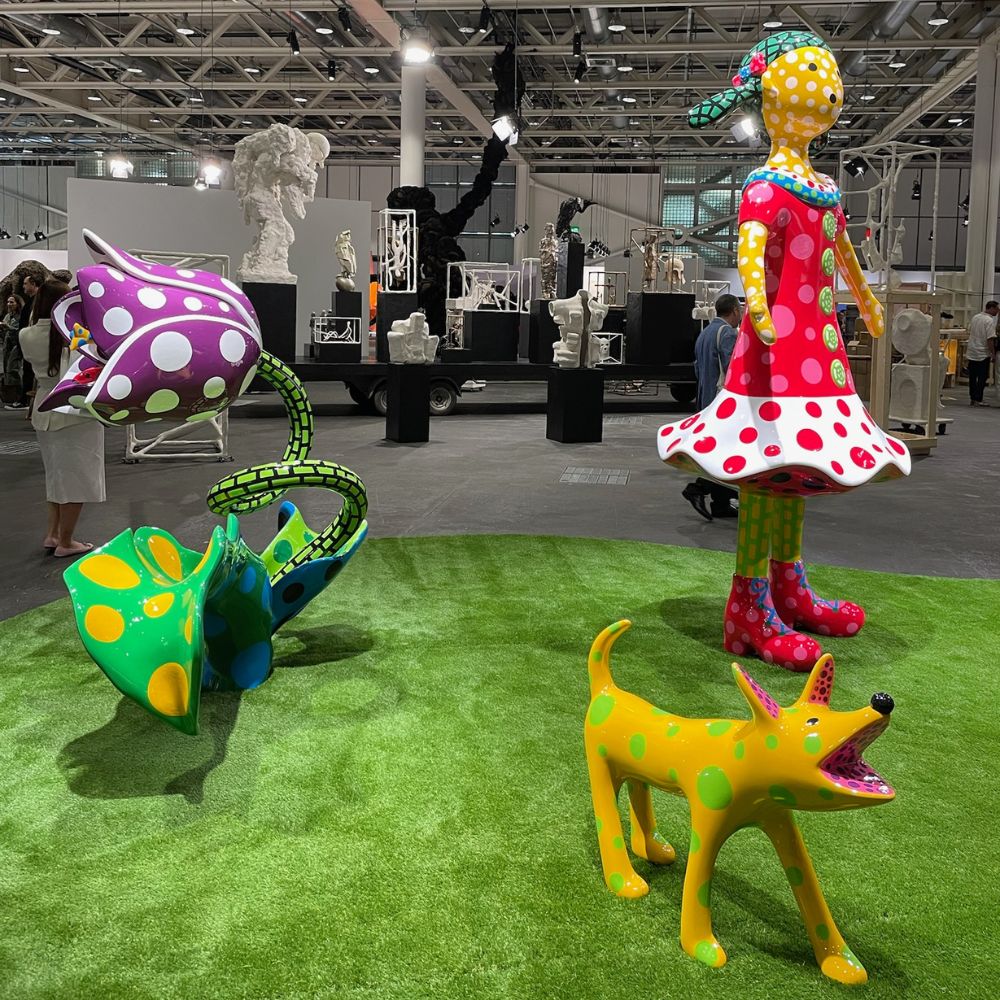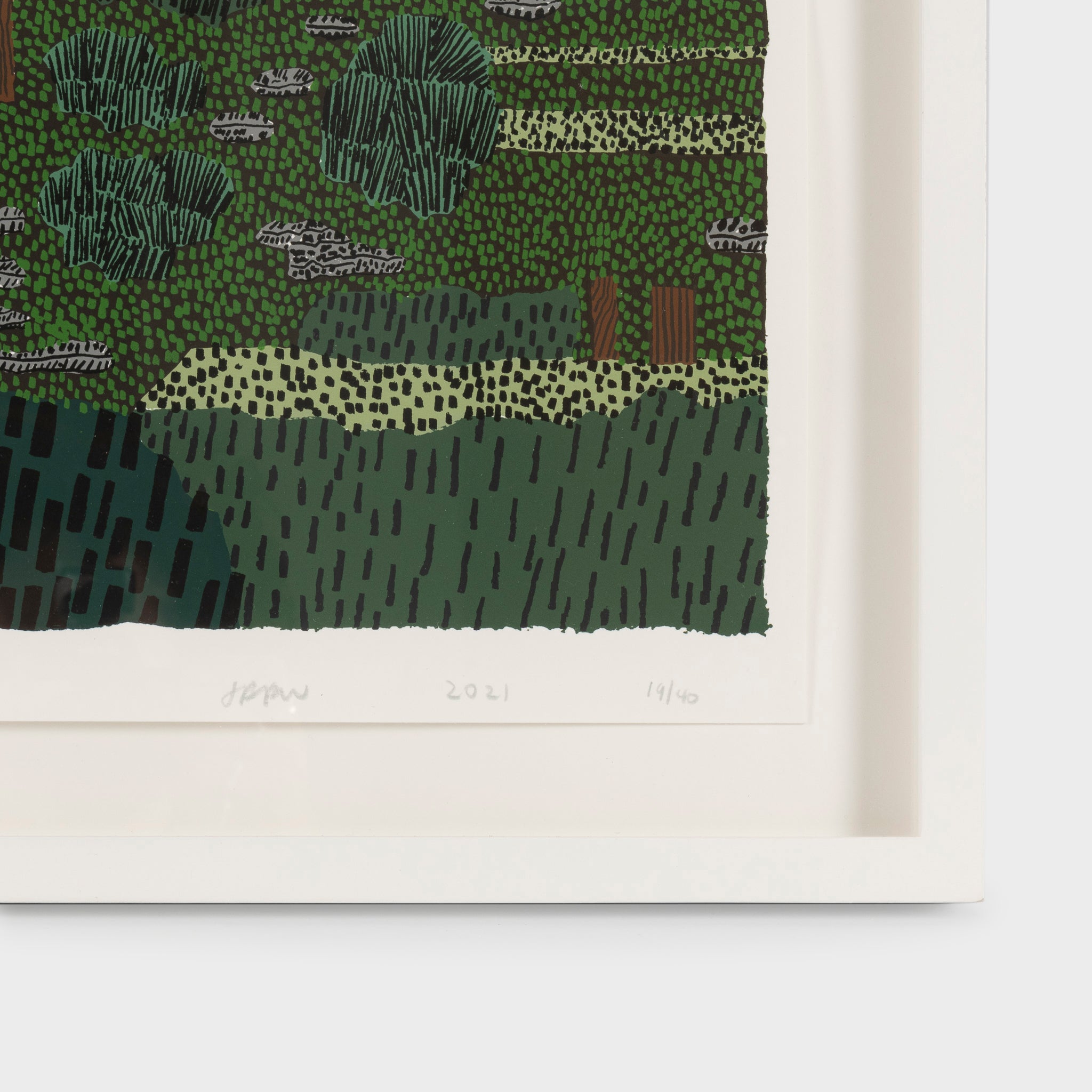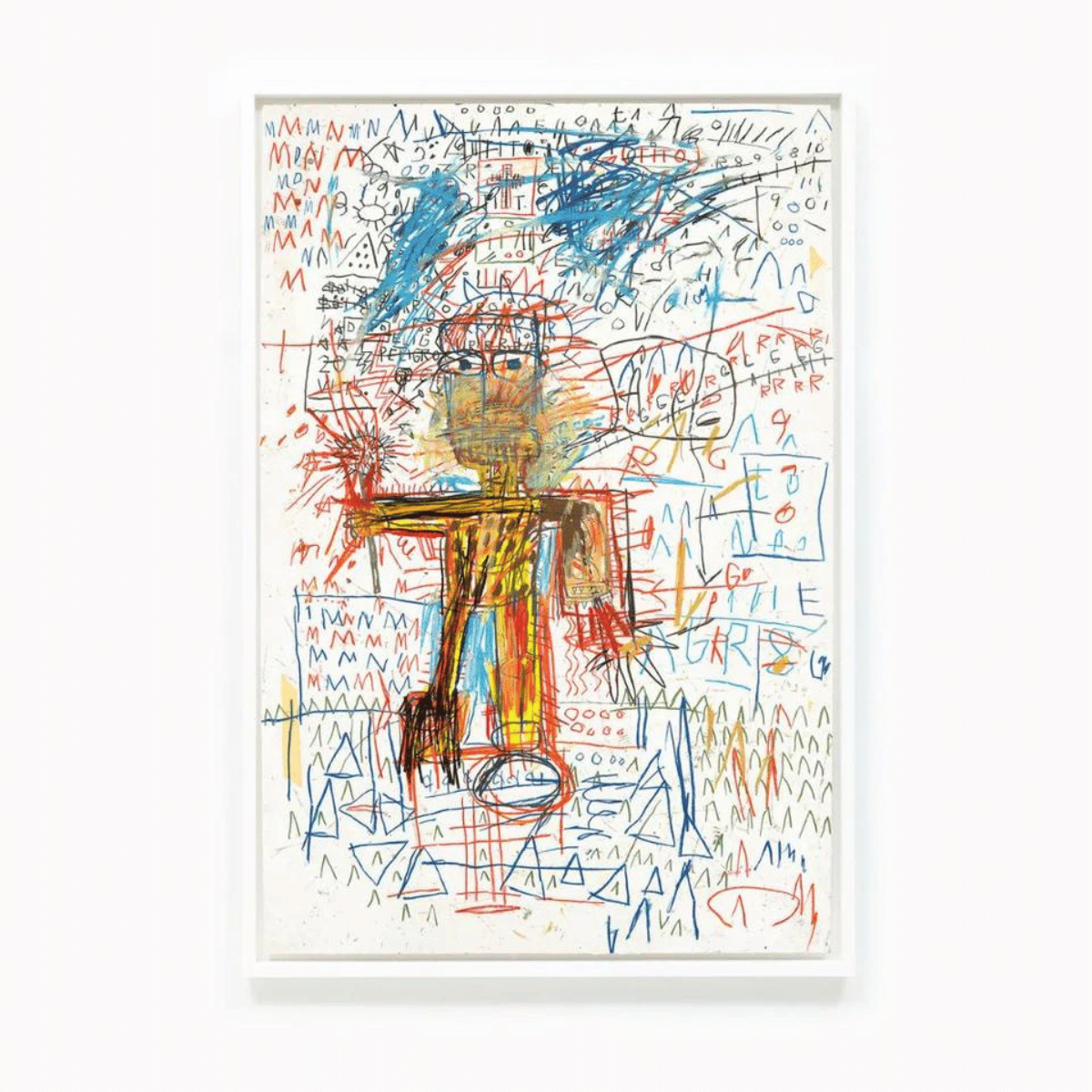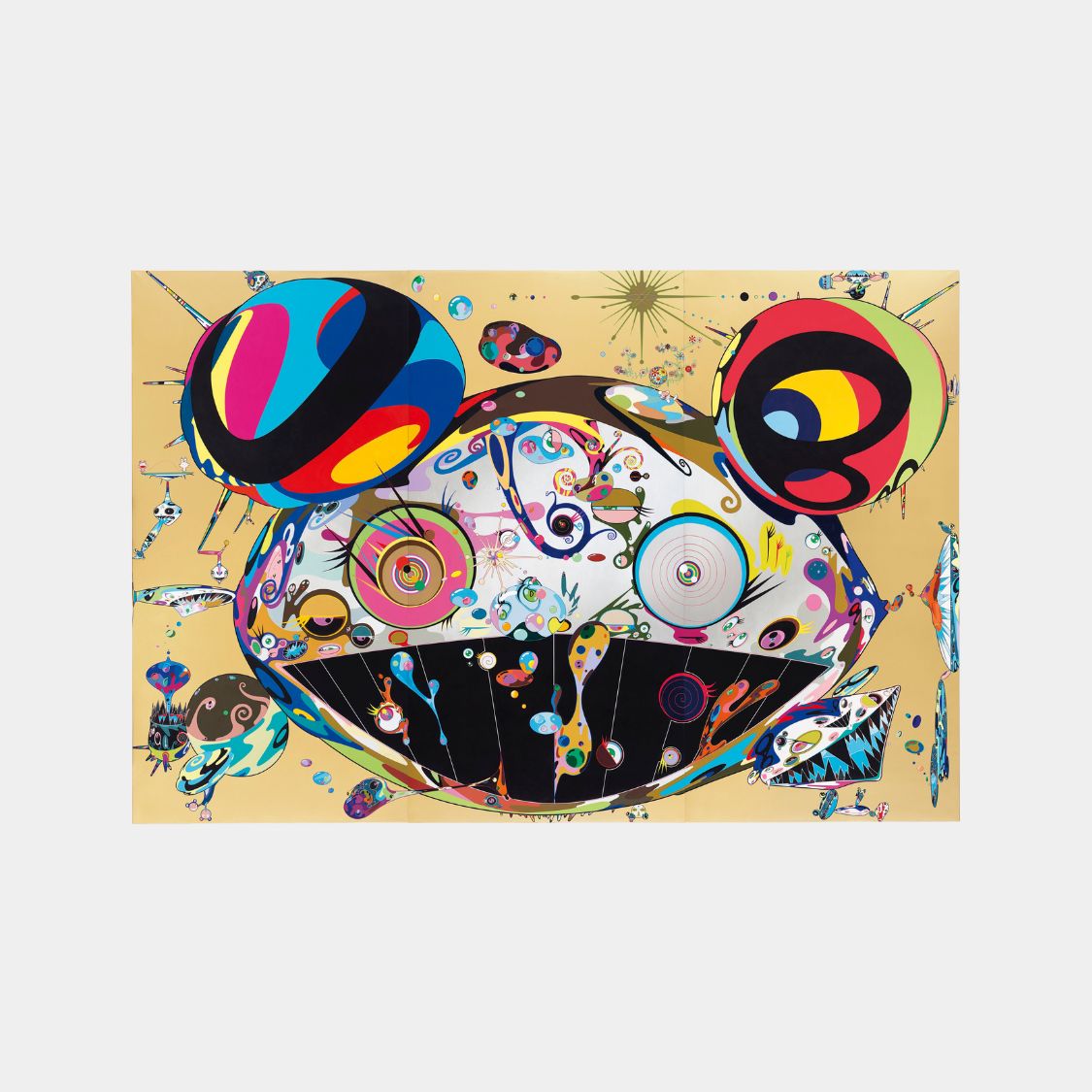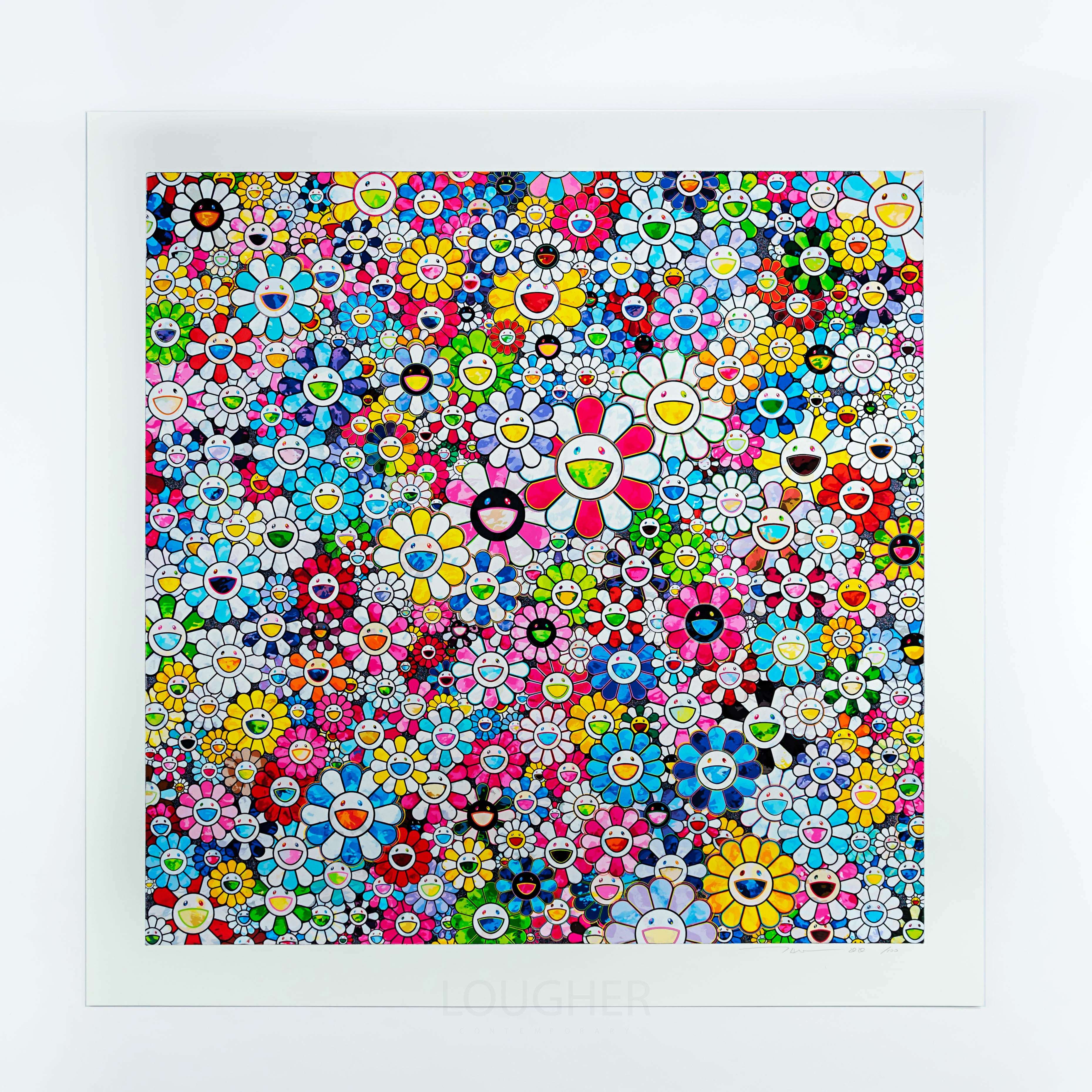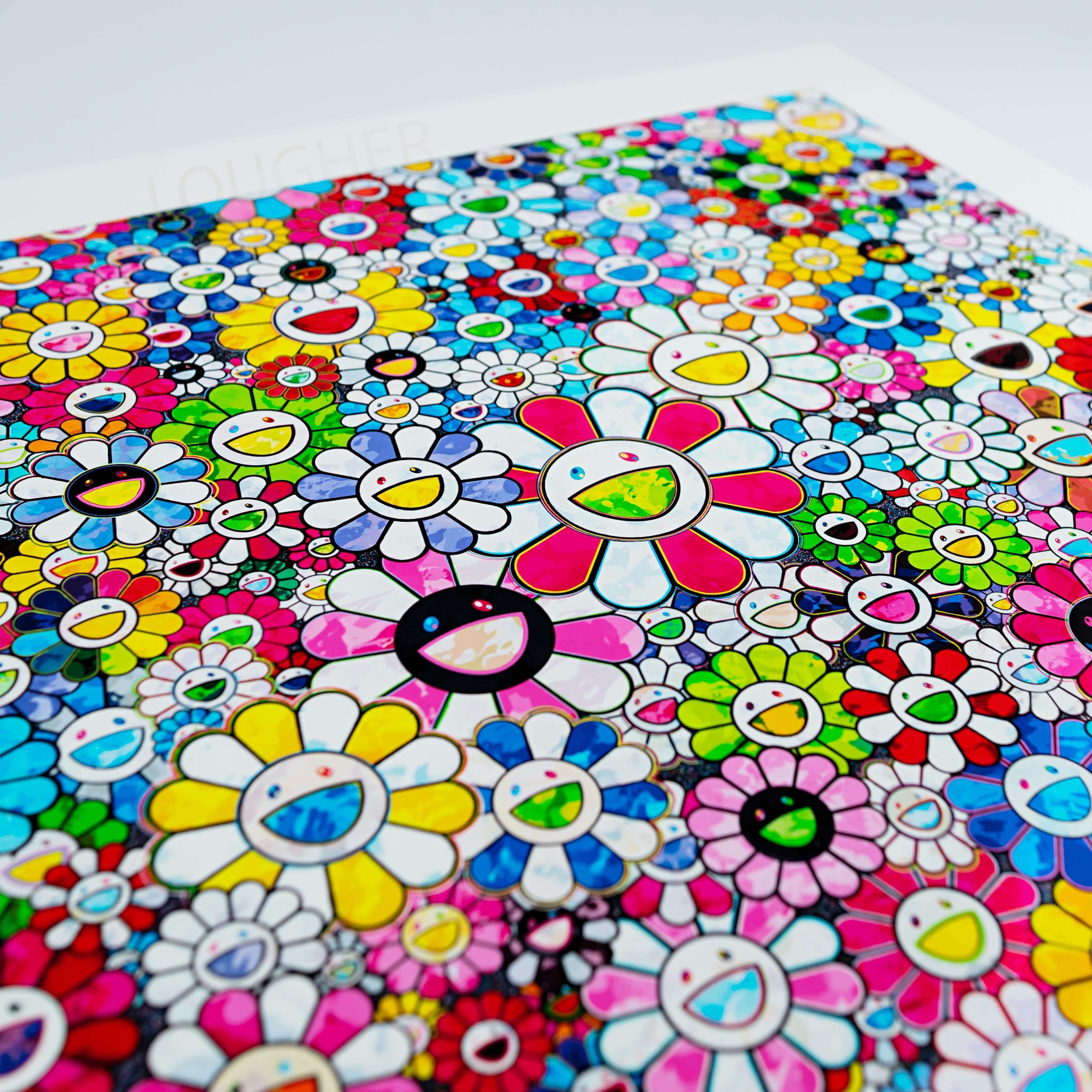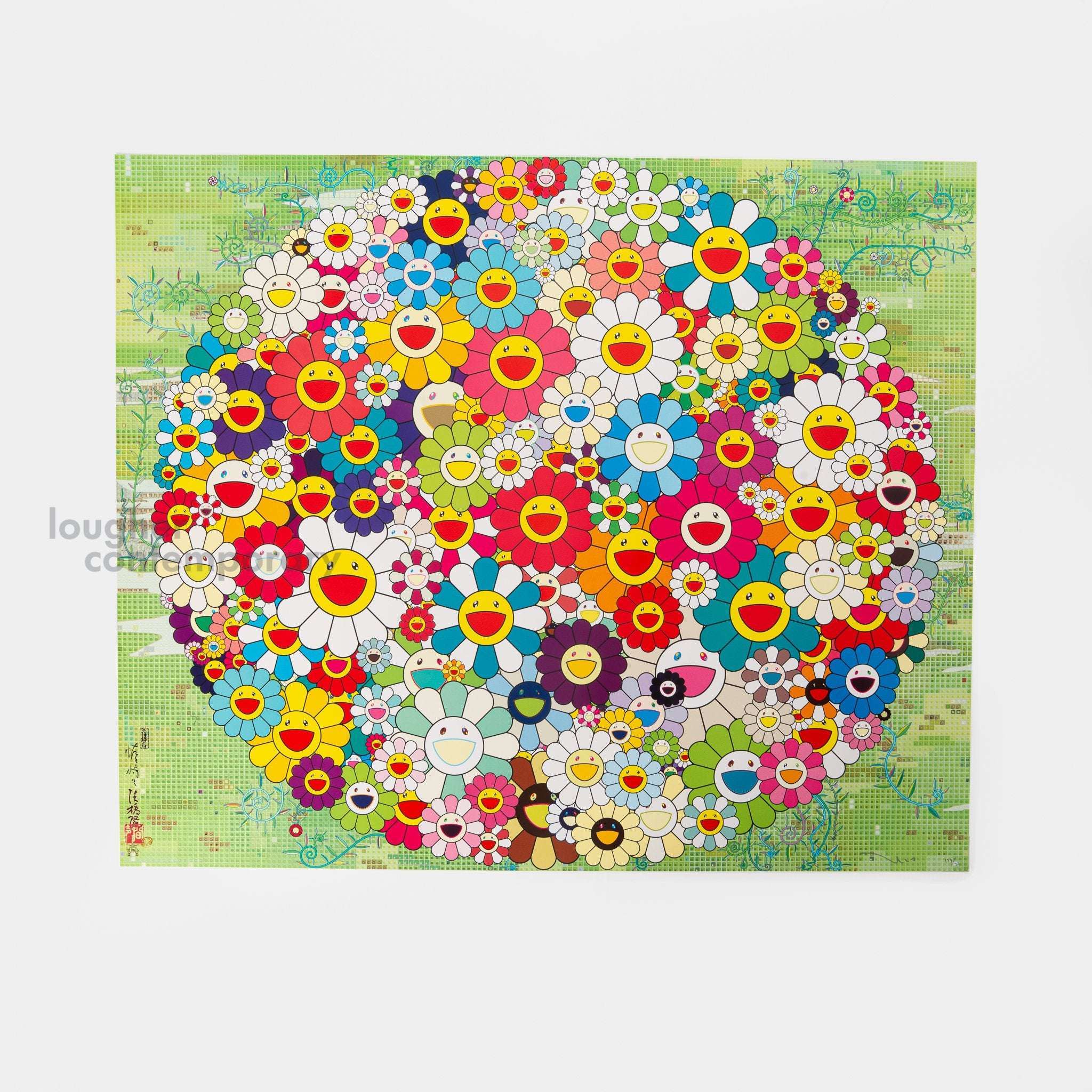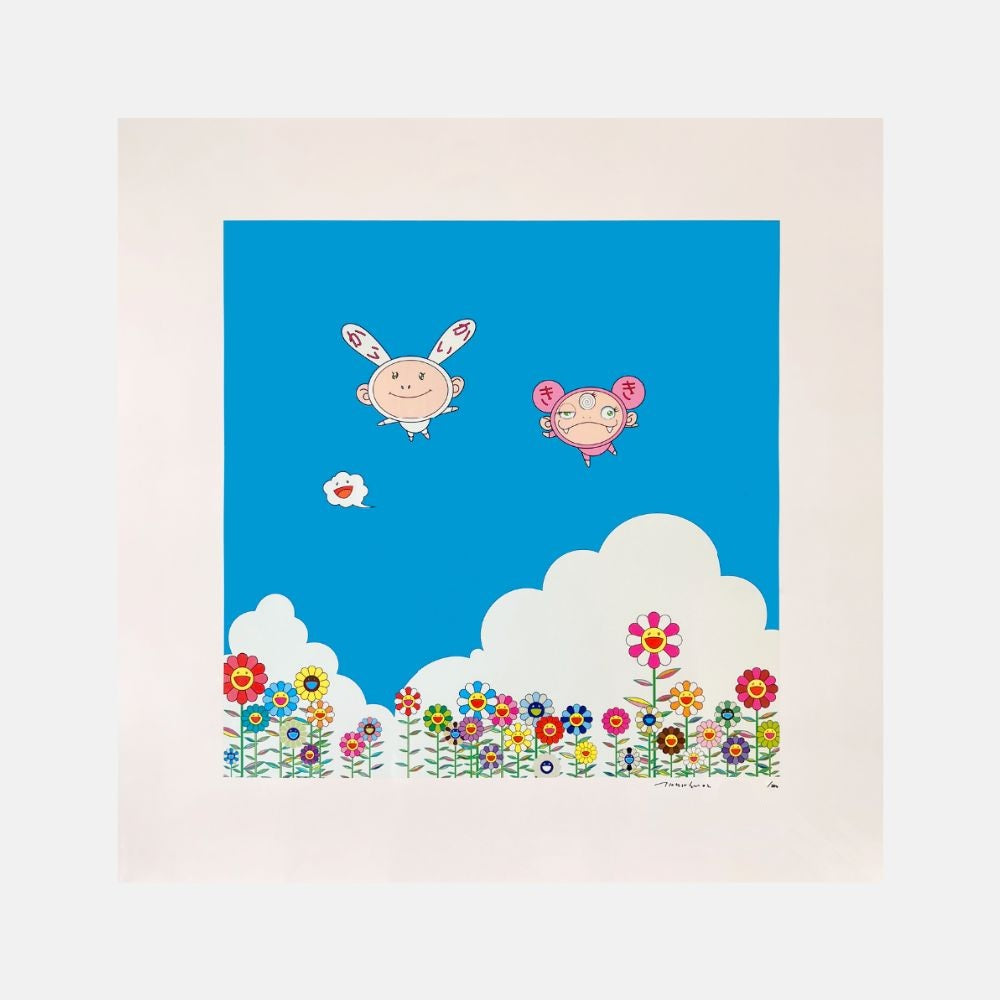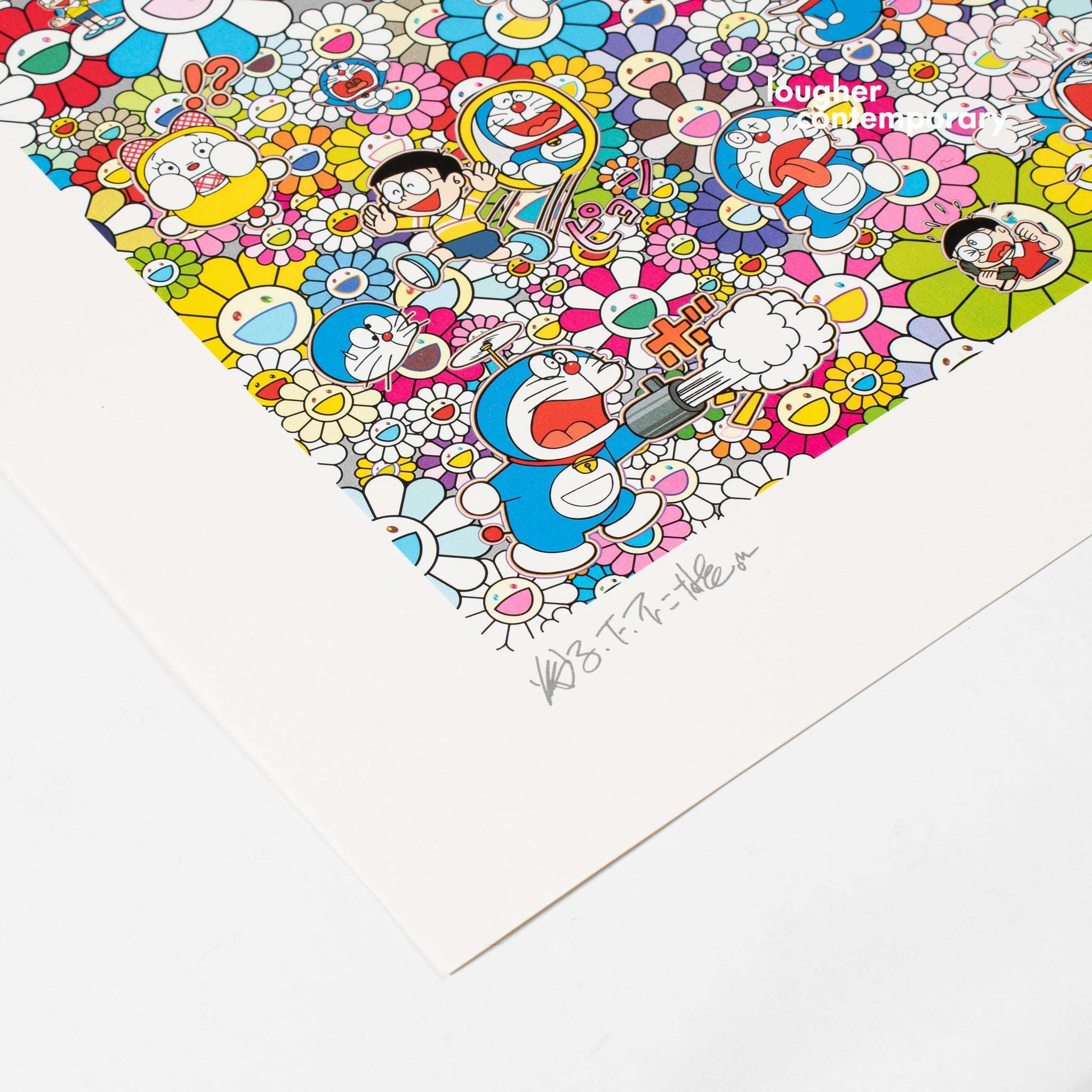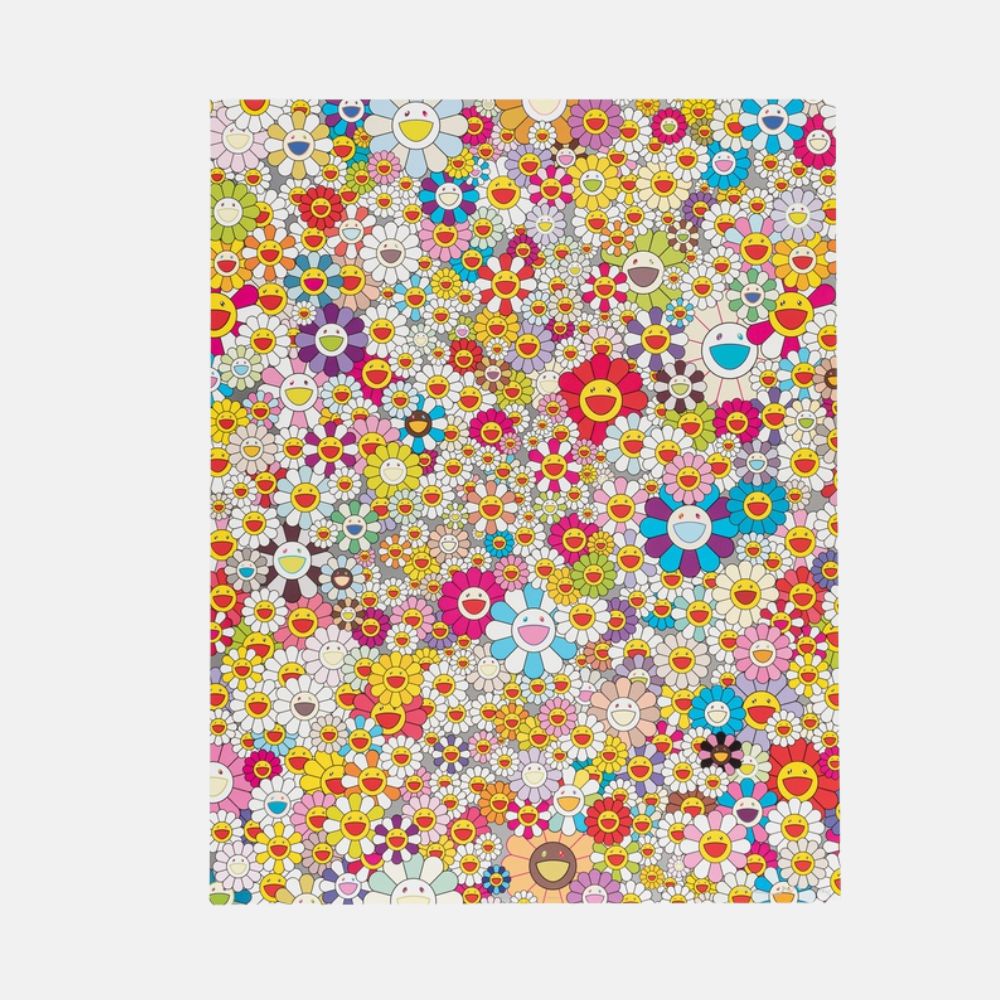Takashi Murakami at Gagosian: Japanese Art History à la Takashi Murakami
By Rebecca Bury
The Gagosian Gallery in London recently hosted Japanese Art History à la Takashi Murakami, an exhibition showcasing the renowned Japanese artist's reinterpretation of historical masterpieces. This landmark display offered a compelling fusion of tradition and contemporary aesthetics, solidifying Murakami’s reputation as one of Japan's most influential contemporary artists.
Takashi Murakami: A Visionary of Contemporary Japanese Art
Born in Tokyo in 1962, Takashi Murakami is a leading figure in contemporary Japanese art. He initially trained in nihonga (traditional Japanese painting) at Tokyo University of the Arts, where he obtained a PhD. However, his artistic direction soon evolved beyond classical techniques to incorporate anime, manga, and pop culture influences, culminating in the development of his Superflat aesthetic. This distinctive approach challenges distinctions between high and low art, blending historical motifs with modern subcultures to create a visually striking, thought-provoking body of work.
Murakami's impact extends beyond fine art into fashion and popular culture. His collaborations with global brands such as Louis Vuitton, Supreme, and Uniqlo, alongside partnerships with musicians, have cemented his place as a cultural icon. His work, which frequently features smiling flowers, anime-style characters, and vivid colours, is widely recognised and highly sought after by collectors worldwide.
The Gagosian Exhibition: A Contemporary Take on Japanese Art History
Gagosian’s Japanese Art History à la Takashi Murakami was a bold exploration of Japan's artistic legacy through Murakami's unique lens. The exhibition presented large-scale acrylic paintings inspired by Edo-period masterpieces, reimagined with Murakami's signature motifs and characters. By "Murakamizing" historical works, the artist examined the evolution of Japanese aesthetics and the impact of Western influence following the Edo period (1603–1868).
At the heart of the exhibition was Rakuchū-Rakugai-zu Byōbu: Iwasa Matabei RIP (2023–24), a reinterpretation of Iwasa Matabei's Rakuchū-Rakugai-zu Byōbu (Scenes in and Around Kyoto), a 17th-century masterpiece from the Tokyo National Museum. Murakami’s version retained the cityscape format but introduced his own recurring figures, such as Mr DOB, Kaikai, Kiki, and his widely recognised flower characters. The gold-leaf mist, which originally served as a compositional device, was transformed into swirling clouds of skulls, a nod to Kyoto's historical burial grounds and themes of mortality.
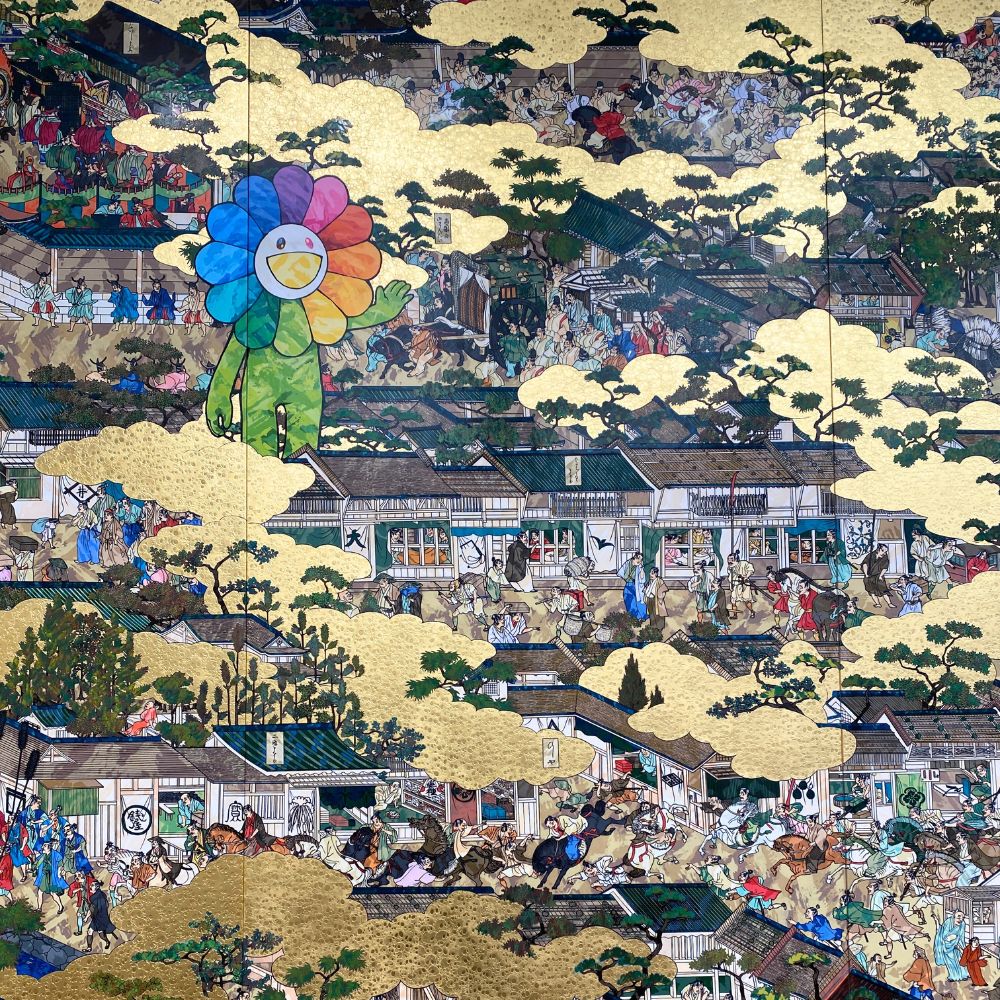
Another standout piece was Murakami's rendition of the Four Symbols, the mythical guardians of Kyoto, each paired with modern metropolitan landmarks. His approach combined traditional artistic techniques with artificial intelligence, using AI-generated imagery alongside hand-drawn sketches to create intricate, layered compositions. This fusion of human creativity and digital technology underscored Murakami’s commitment to innovation while honouring Japan's rich visual culture.
Murakami’s Use of AI: A New Frontier in Artistic Innovation
A significant aspect of this exhibition was Murakami’s embrace of artificial intelligence in his creative process. By utilising AI to generate new compositions and reimagine existing works, he pushed the boundaries of contemporary art while remaining deeply rooted in tradition. His AI-assisted designs did not replace manual artistry but rather served as a tool to experiment with form, texture, and composition. This technological approach echoed the methods of historical Japanese artists, who adapted and reinvented motifs over centuries.
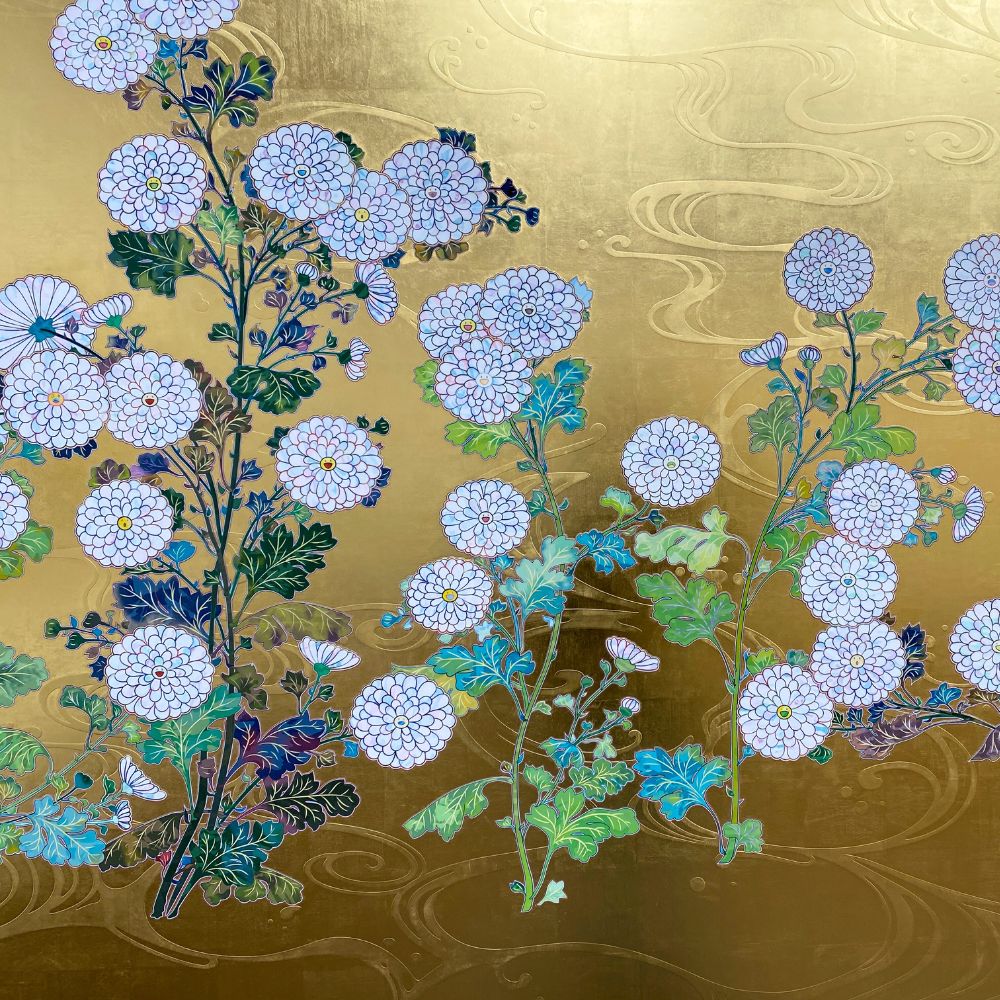
Murakami's Iconic Characters and Artistic Techniques
Murakami's signature characters played a central role in the exhibition. Mr DOB, his longstanding alter ego, appeared across several works, embodying a hybrid of pop culture and artistic critique. Meanwhile, the joyful yet unsettling smiling flowers added a sense of whimsy and unease, reflecting the tension between kawaii (cuteness) and deeper existential themes. These figures, while seemingly playful, carried layers of meaning related to consumerism, historical trauma, and the evolution of Japanese identity.
The artist's Superflat technique was evident throughout the exhibition, flattening historical references into a single pictorial plane. This approach not only reflected the aesthetics of traditional ukiyo-e prints but also mirrored the visual language of contemporary anime and manga. By doing so, Murakami linked Japan's past and present, demonstrating the continuity of its artistic traditions in a modern, globalised context.
Collecting Murakami Prints with Lougher
For collectors, Murakami's prints remain highly desirable, offering an accessible entry point into his vibrant world. Working with platforms such as Lougher, enthusiasts have the opportunity to acquire limited-edition pieces that encapsulate his distinctive style and cultural commentary. The increasing demand for his works highlights their lasting appeal in both traditional and contemporary art markets.
A Celebration of Japanese Art Through a Contemporary Lens
Japanese Art History à la Takashi Murakami at Gagosian was more than an exhibition; it was a dialogue between past and present, tradition and innovation. Through his reinterpretations of historical masterpieces, Murakami not only paid homage to Japan’s artistic heritage but also questioned how these traditions continue to evolve in an increasingly digital and globalised world. The exhibition reaffirmed Murakami’s status as a master of reinvention, seamlessly blending historical narratives with his signature contemporary style. As his work continues to captivate audiences worldwide, it remains a testament to the enduring power of Japanese art and its ongoing transformation in the hands of one of its most visionary artists.
All images taken by Lougher Contemporary, Gagosian London February 2025.


